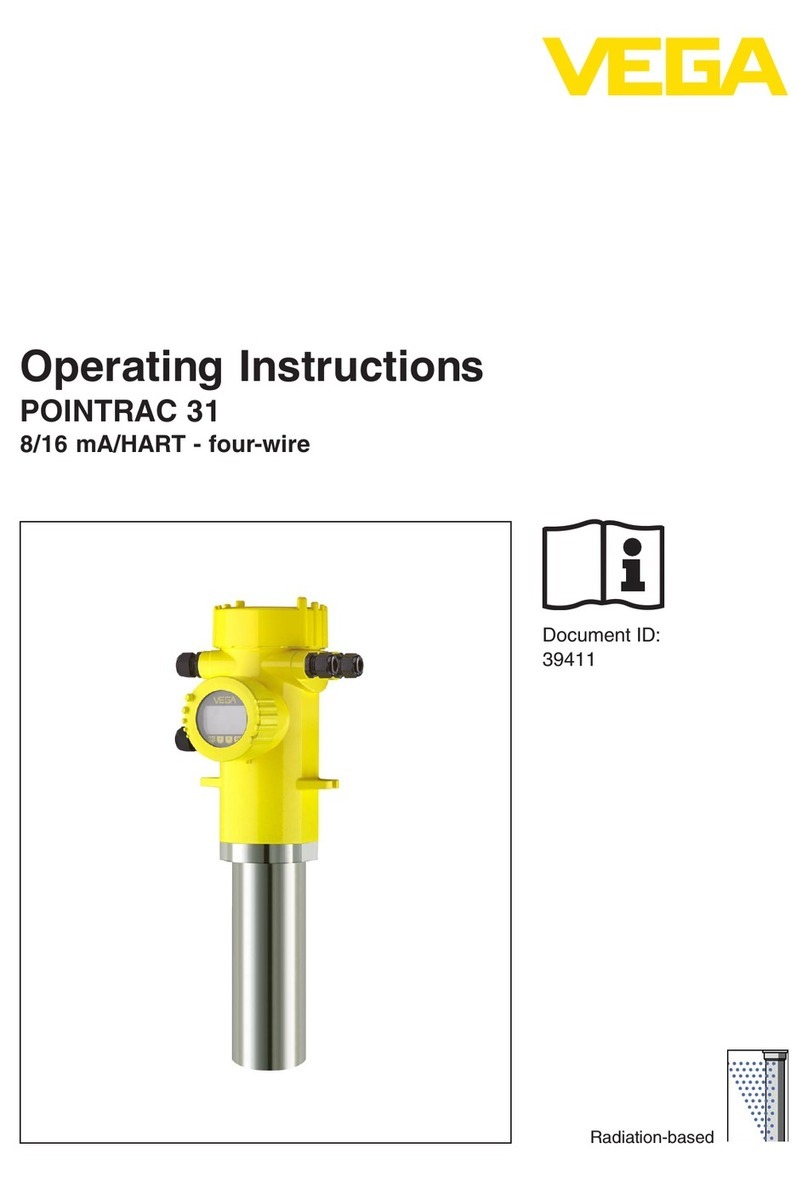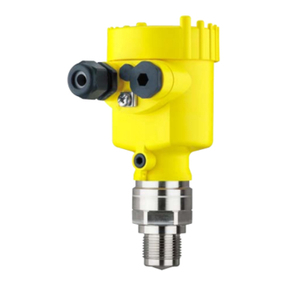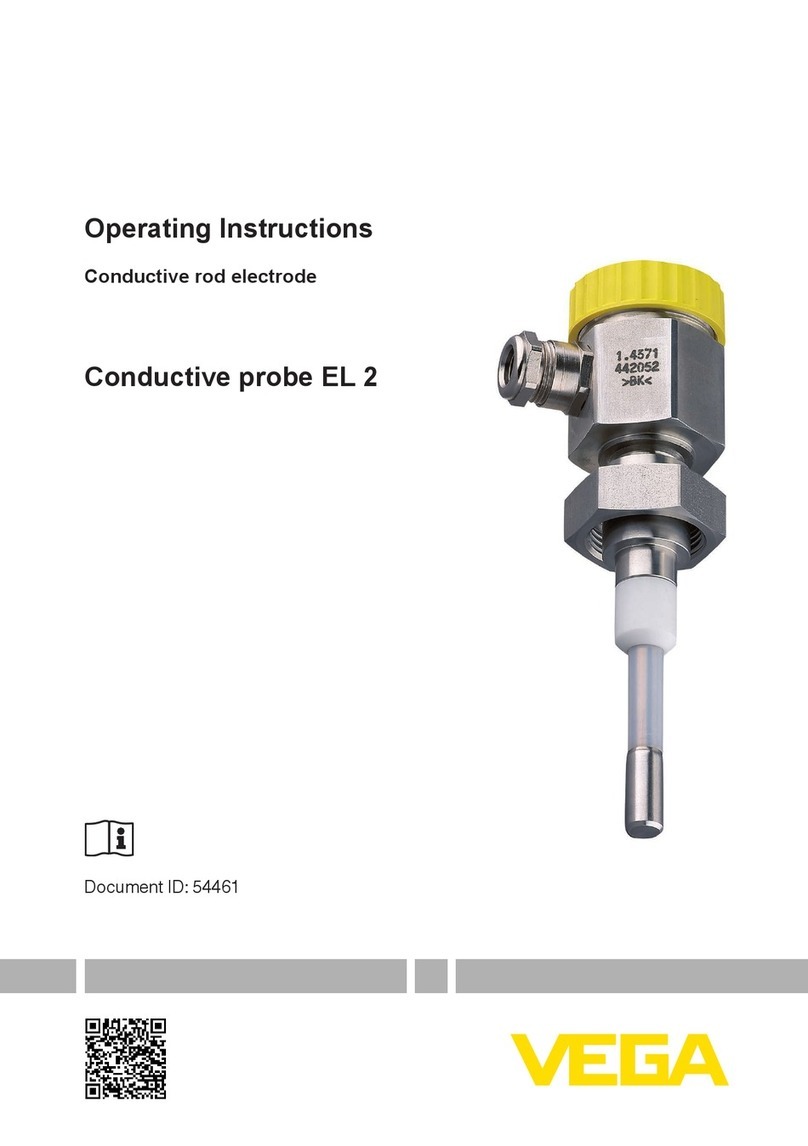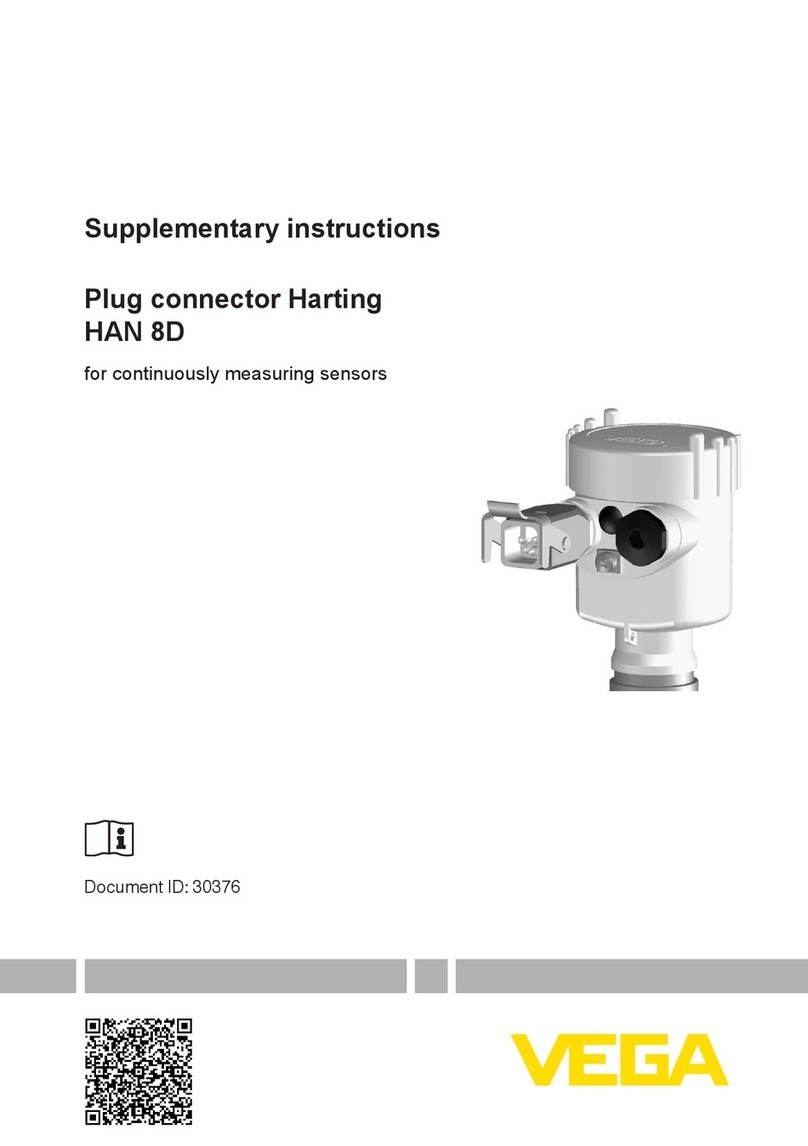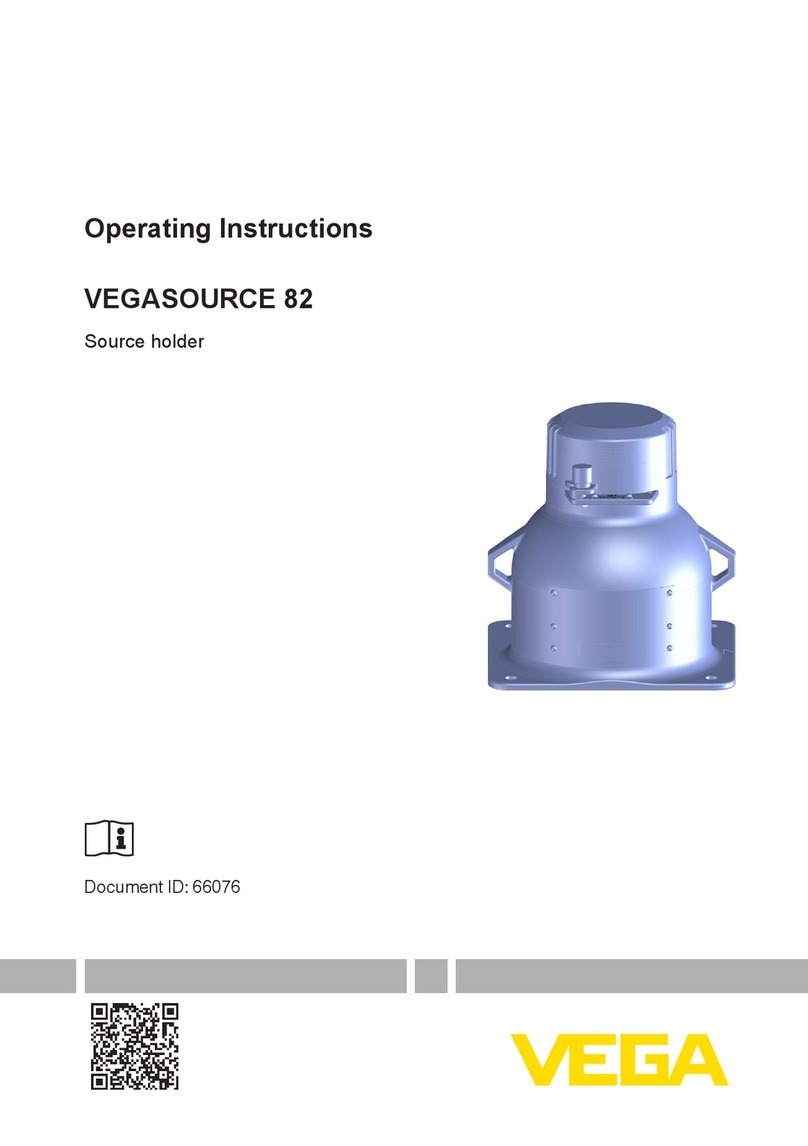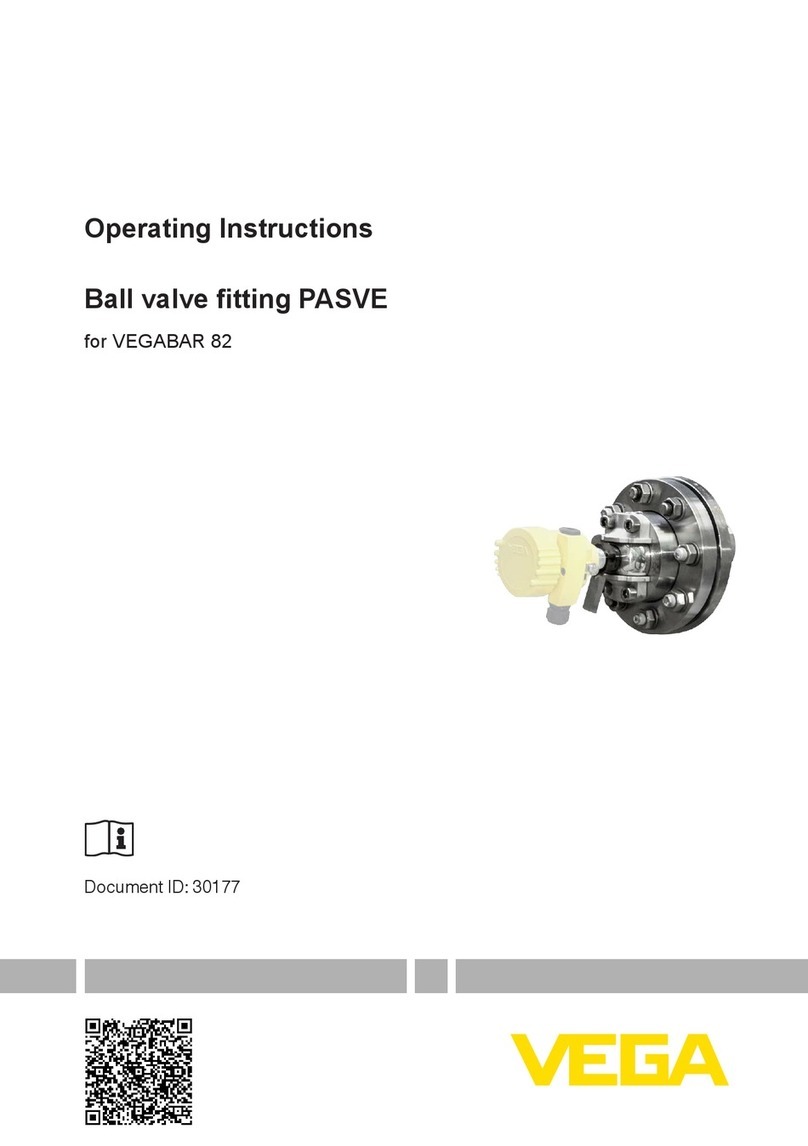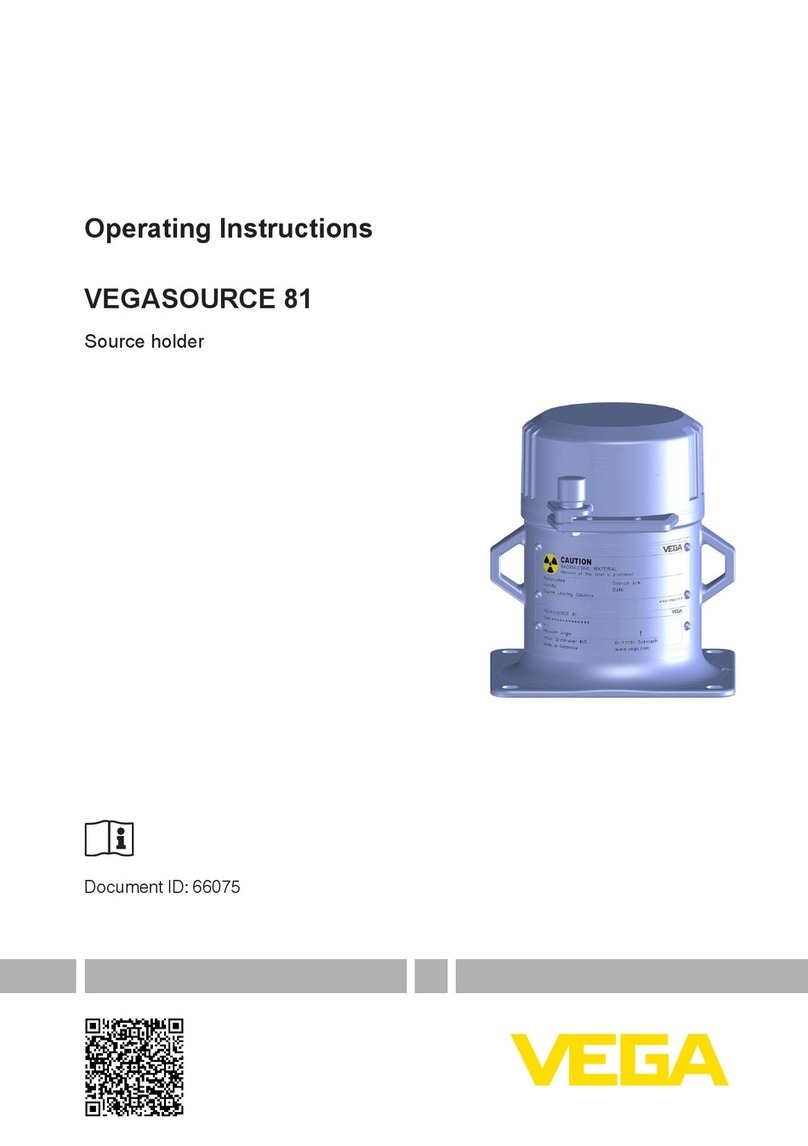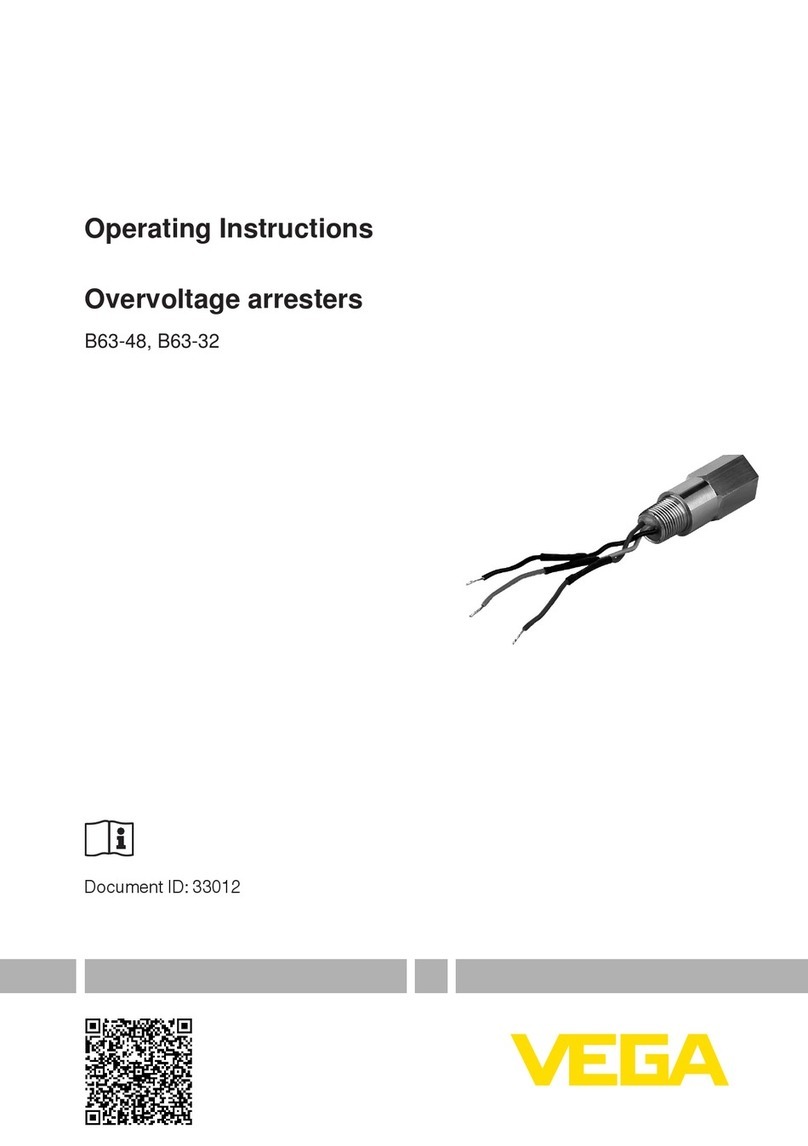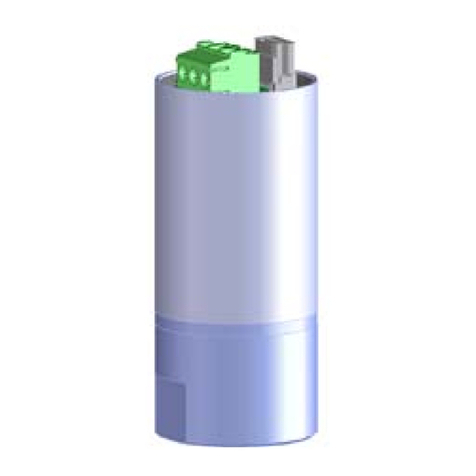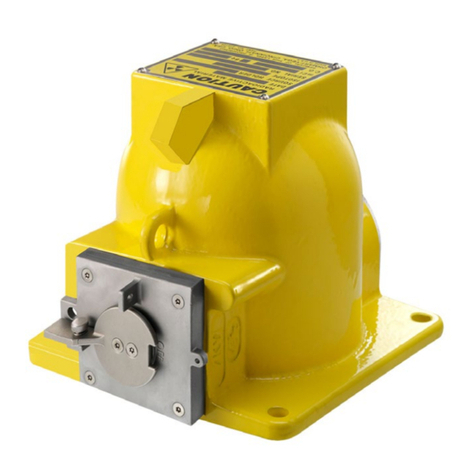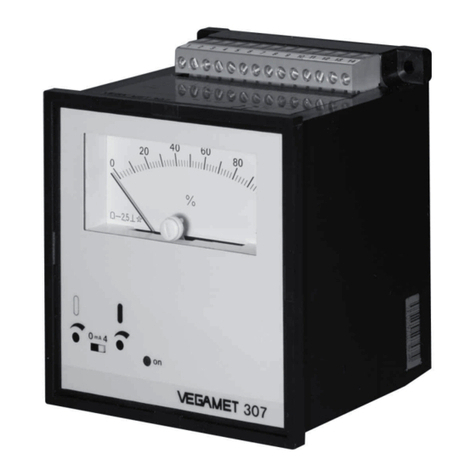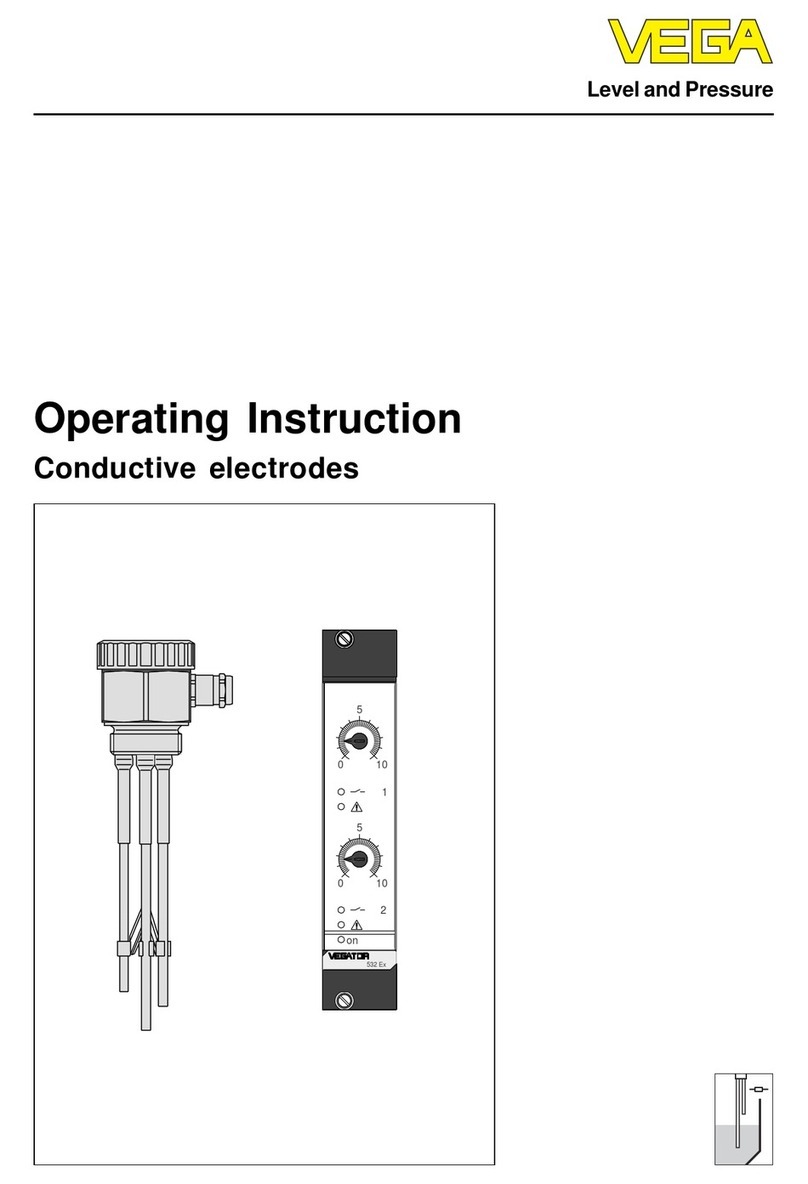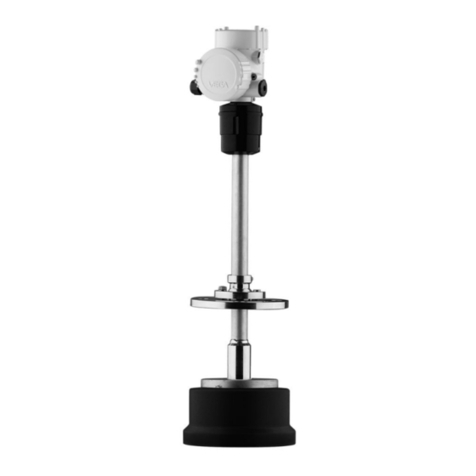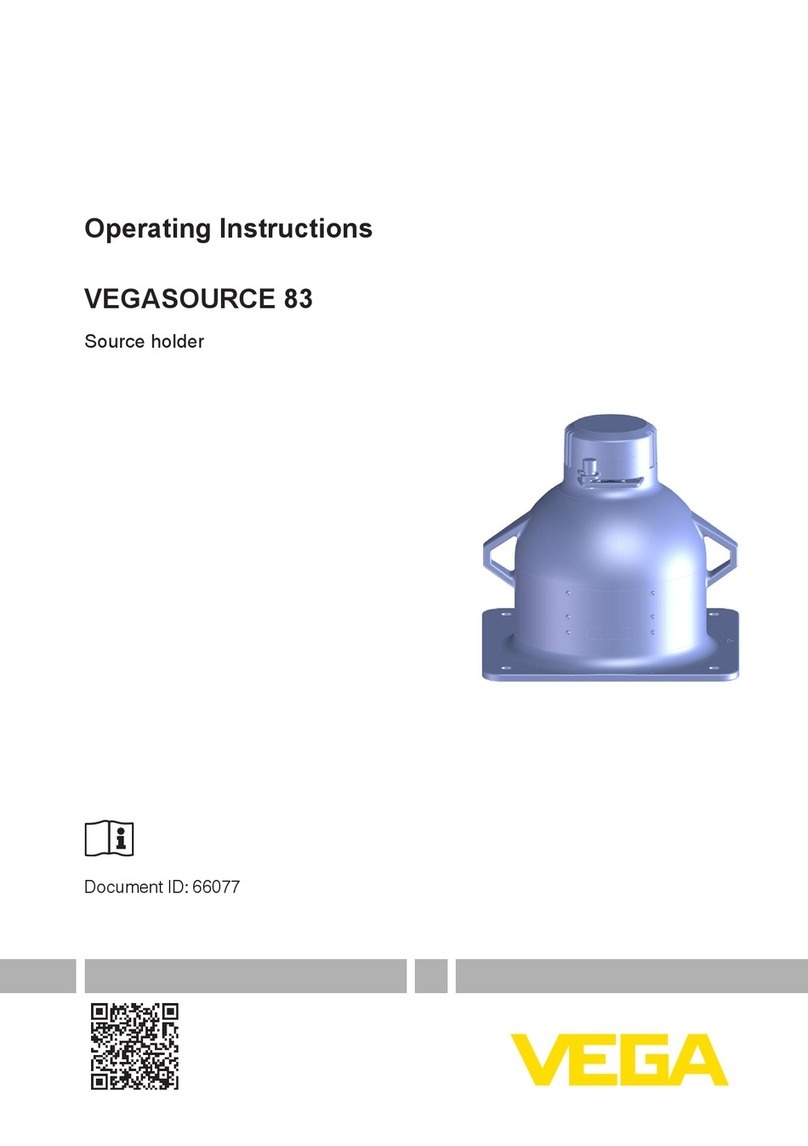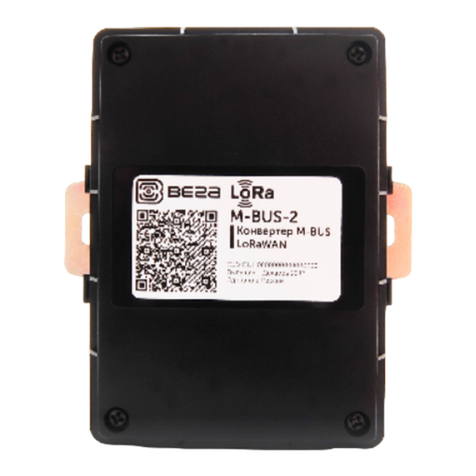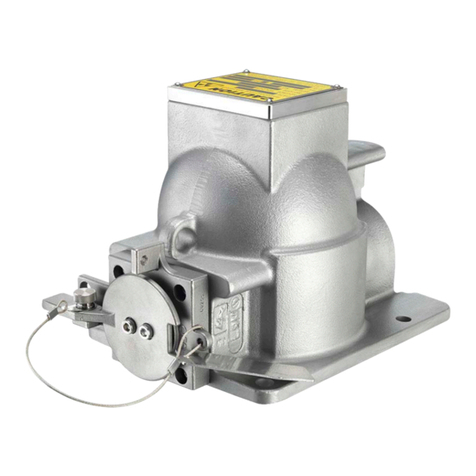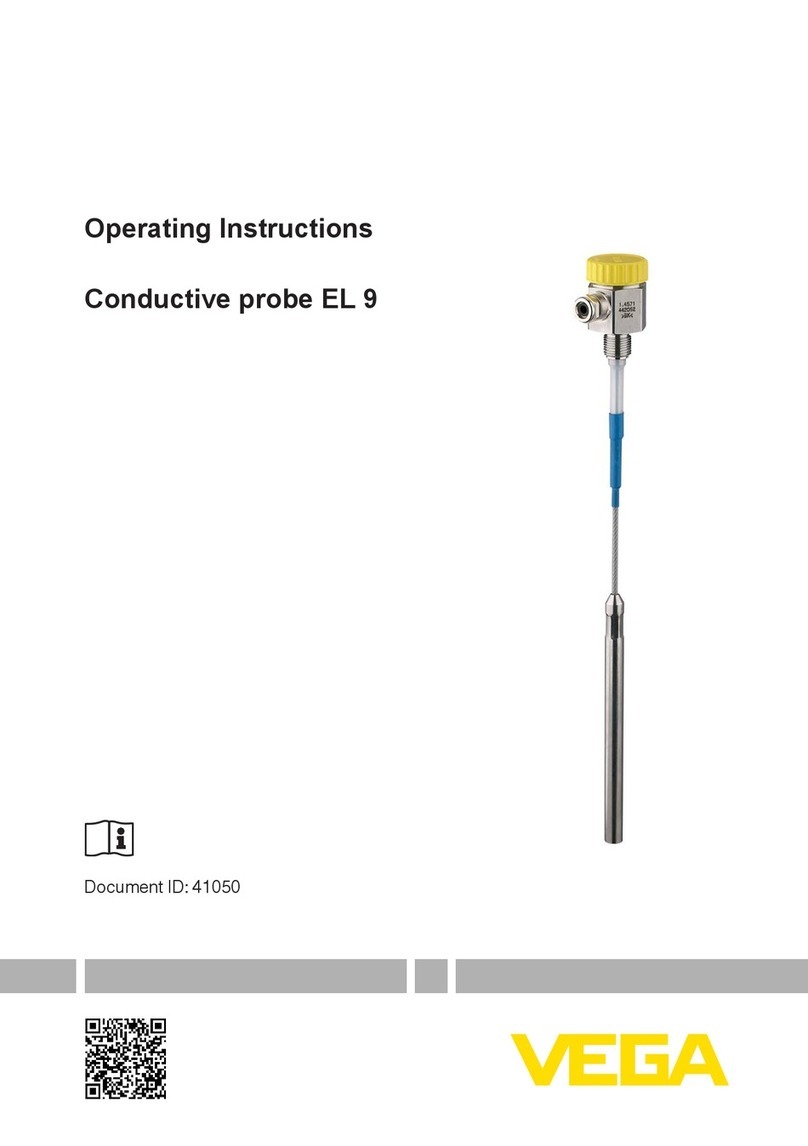
2
Contents
VEGATOR 636 Ex • Signal conditioning instrument
23446-EN-130627
Contents
1 About this document
1.1 Function ........................................................................................................................... 4
1.2 Target group ..................................................................................................................... 4
1.3 Symbolism used............................................................................................................... 4
2 For your safety
2.1 Authorised personnel ....................................................................................................... 5
2.2 Appropriate use................................................................................................................ 5
2.3 Warning about incorrect use............................................................................................. 5
2.4 General safety instructions............................................................................................... 5
2.5 CE conformity................................................................................................................... 5
2.6 Safety instructions for Ex areas ........................................................................................ 6
2.7 Environmental instructions ............................................................................................... 6
3 Product description
3.1 Conguration.................................................................................................................... 7
3.2 Principle of operation........................................................................................................ 8
3.3 Adjustment ....................................................................................................................... 8
3.4 Packaging, transport and storage..................................................................................... 8
4 Mounting
4.1 General instructions ....................................................................................................... 10
4.2 Mounting instructions ..................................................................................................... 10
5 Connecting to power supply
5.1 Preparing the connection ............................................................................................... 13
5.2 Connection procedure.................................................................................................... 13
5.3 Wiring plan ..................................................................................................................... 14
6 Setup
6.1 Adjustment system......................................................................................................... 15
6.2 Adjustment elements...................................................................................................... 16
6.3 Function chart ................................................................................................................ 19
7 Maintenanceandfaultrectication
7.1 Maintenance .................................................................................................................. 21
7.2 Rectify faults................................................................................................................... 21
7.3 Instrument repair ............................................................................................................ 23
8 Dismounting
8.1 Dismounting steps.......................................................................................................... 24
8.2 Disposal ......................................................................................................................... 24
9 Supplement
9.1 Technical data ................................................................................................................ 25
9.2 Dimensions .................................................................................................................... 27
